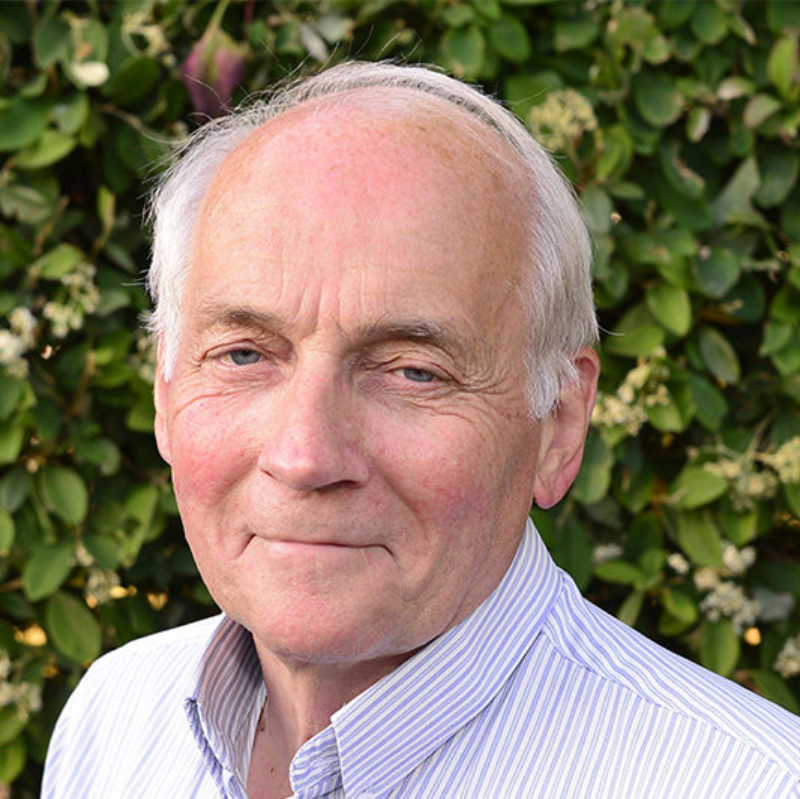Banbury, Chipping Norton & North Oxfordshire Labour Party Labour party for the Banbury constituency, which also includes Chipping Norton, Charlbury and the villages of North Oxfordshire.

In August, the Government produced a White Paper proposing the biggest change to planning law since the 1948 Town & Country Planning Act. ‘So what’, we might say, who cares? It won’t affect Bicester and the surrounding area. Or will it?
Over the last 20 years, Bicester has experienced rapid growth, new housing driving change to both the character and facilities – or lack of them – to support the increase in population. Before the pandemic, the road network was creaking at the seams. The Town Centre was under pressure not just from changing shopping habits but also a lack of investment and vision as to what a modern town centre could provide for the people who live here.
Since lockdown measures started the town centre’s decline has accelerated and as lockdown eased, the traffic has started to return to pre-lockdown levels. Warehouses continue to go up around the town’s so-called ring road and the notion of ‘Bicester Garden Town’ appears to have been forgotten. What on earth could be worse?
Well, the Government’s recent White Paper suggests that the planning system is too complicated and too restrictive to meet the demand for and construction of housing. Even where Local Plans exist Government thinks the process too protracted, planning permissions take too long to grant and developers can’t meet Government’s target of 300,000 houses a year nationally, despite the fact that planning permission for over 1 million homes still sit on the drawing board. The assumption is that local planning authorities like Cherwell are not doing enough to meet demand for housing.
So Government will now set binding targets for housing in each local authority area using a ‘standard method’ or algorithm (experience of A level and GCSE results notwithstanding). Cherwell’s local plan must identify ‘growth areas’ and criteria for renewal areas (brownfield sites), consistent with the number of homes they are ‘required’ to provide. Once identified in the approved local plan, outline planning permission for these sites will be automatically granted without further consultation. The new algorithm would almost double the number of houses required to be built each year in Cherwell for the foreseeable future.
Since Bicester is already a growth area, the next version of the local plan will see even more development, especially as the White Paper’s definition of ‘protected areas’ would probably exclude much of the land around Bicester, none of it Green Belt for example.
Villages not in a protected area, such as most of those around Bicester, will qualify as ‘renewal areas’ so could see more development within or on the edges of those villages, with automatic outline planning permission. Bicester’s town centre will also qualify as a renewal area although Government proposals focus on its ability to incorporate housing, rather than because of its wider social or community functions.
Once any renewal area has been allocated in the local plan, the presumption in favour of granting permission comes into effect and make it very difficult for councils and the people to resist a development within the rules of that allocation. The White Paper also hints that further deregulation of the planning system in renewal areas is on the cards, a system unfettered from local consultation or opinion.
Bicester’s population is 32000 now and, on current plans, will double in the next 10 years to over 60000. Government proposals eroding democratic control over development could see Bicester’s population double again – a town bigger than Cheltenham with none of that town’s infrastructure or resources. Now that’s a sobering thought.
